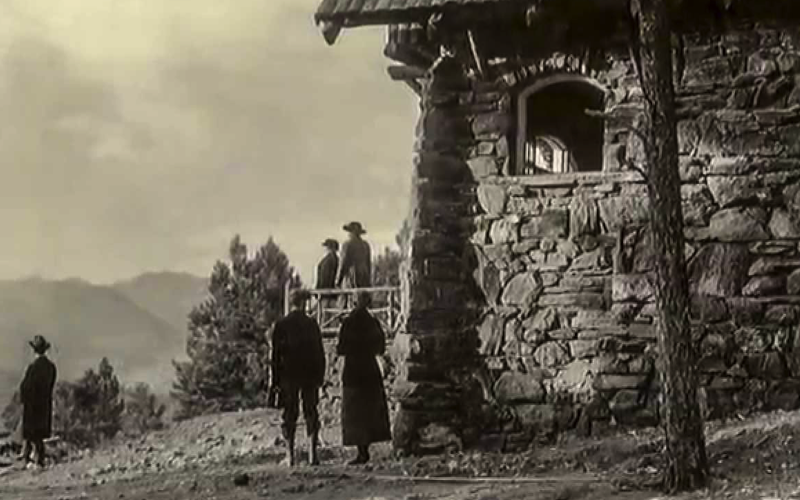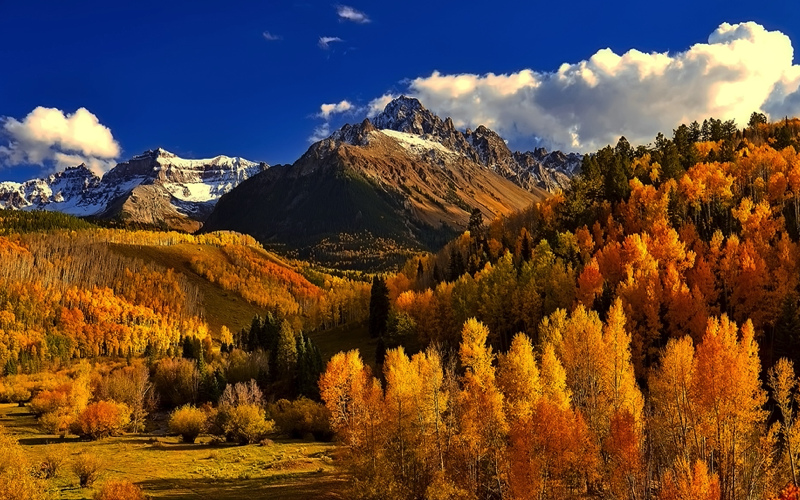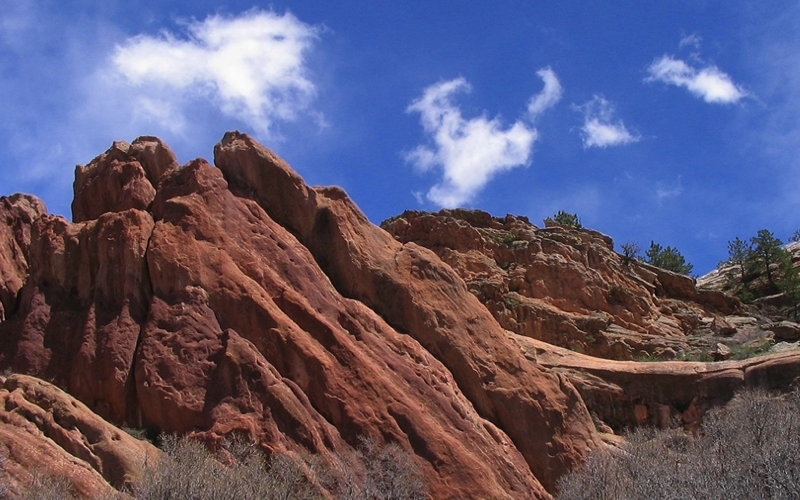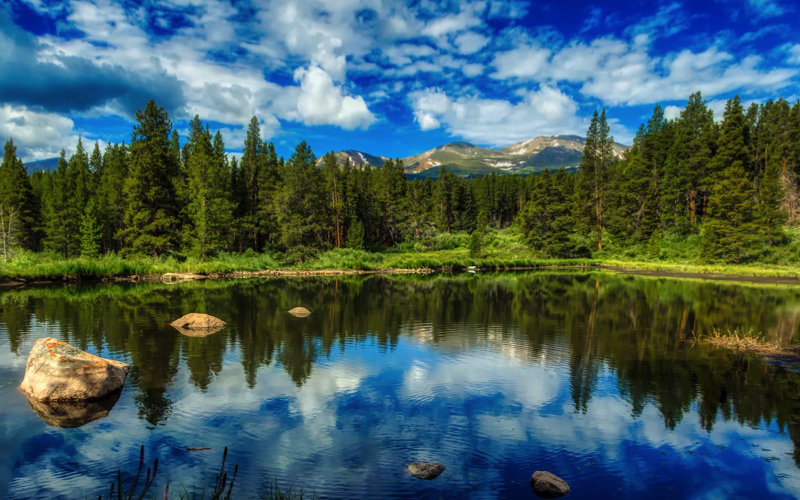Australians who play online casinos know how exciting these platforms can be. They offer the thrill of betting on favorite games anytime, anywhere. However, finding the best online casino Australia offers for real money can be challenging due to the numerous options available. Here’s how Australian players can navigate these choices to pick the ideal online casino:
1. Evaluate User Experience and Mobile Compatibility in Online Casinos Australia
An online casino Australia players trust must be user-friendly and compatible with mobile devices. With the rise in smartphone and tablet usage, mobile compatibility is crucial. Many top online casinos are mobile-optimized or offer dedicated apps for seamless gaming on various devices.
Players should ensure their chosen site is mobile-friendly by testing a few games on their smartphone or tablet. A site that performs well on mobile devices ensures a better overall experience at the best online casino Australia has to offer.
2. Check Licensing and Regulation for the Best Online Casino Australia
Licensing is a key indicator of a trustworthy online casino. In Australia, online casino sites are regulated by bodies such as the Australian Communications and Media Authority (ACMA) and state-based regulators. Globally recognized bodies like the Malta Gaming Authority (MGA) also set stringent standards for fairness, security, and responsible gambling.
Australian players must verify the casino’s licensing details on the site and cross-check with the regulator’s database. A licensed casino guarantees compliance with industry standards, making it a top choice for an online casino Australia players can trust.
3. Read Reviews on Trusted Platforms About Online Casinos Australia
User feedback is invaluable for assessing an online casino’s reliability. Reviews on trusted sites and forums provide insights into customer support, security, game fairness, and overall experience. Australian players should focus on unbiased reviews to determine if the online casino Australia they’re considering meets their expectations.
4. Test Customer Support Services at the Best Online Casino Australia
Efficient customer support is a hallmark of the best online casinos in Australia. Players can evaluate the support team’s reliability by asking a random question via live chat, email, or phone. The best online casino Australia offers will provide prompt and helpful responses across all these channels, ensuring seamless issue resolution.
5. Verify Security Features and Payment Options at Online Casinos Australia
A reliable online casino prioritizes the safety of players’ personal and financial information. Advanced encryption technologies like SSL protect sensitive data during transmission. Additionally, games should use Random Number Generator (RNG) technology to ensure fairness.
Players should confirm that the casino accepts Australian dollars and offers secure payment methods such as credit cards, e-wallets, and bank transfers. Checking the deposit and withdrawal policies is also crucial to avoid unexpected fees or delays when playing at the best online casino Australia has to offer.
Closing Thoughts on Choosing the Best Online Casino Australia
Choosing the best online casino Australia has to offer goes beyond flashy promotions and game variety. By focusing on essential factors like licensing, mobile compatibility, customer support, and security, Australian players can make informed decisions and enjoy a safe and enjoyable gaming experience at their chosen online casino.







